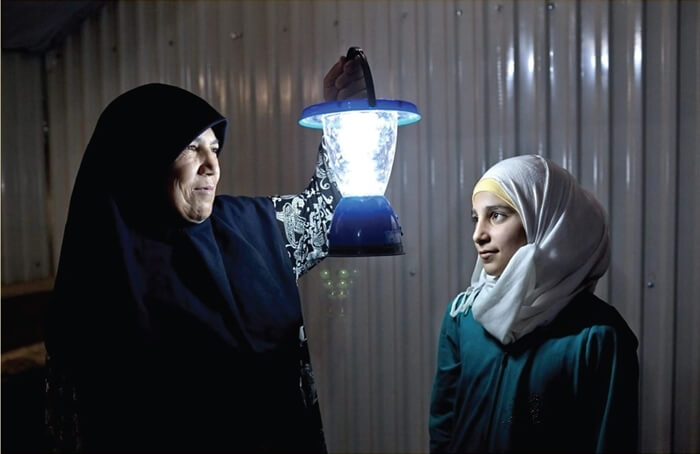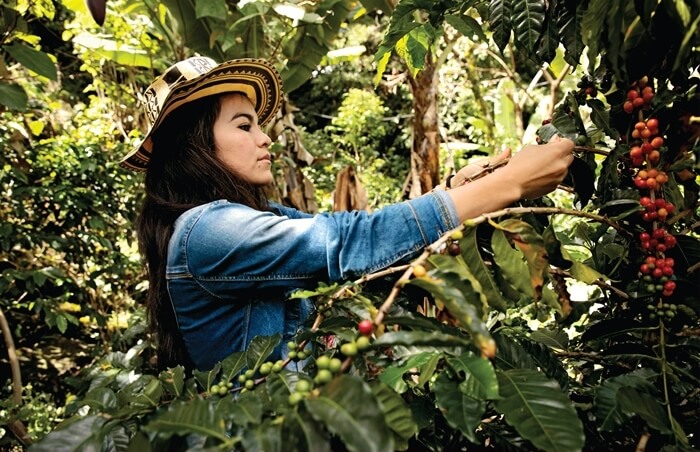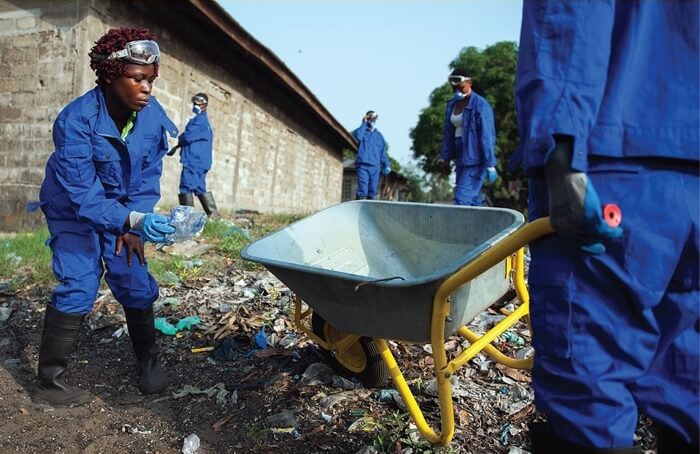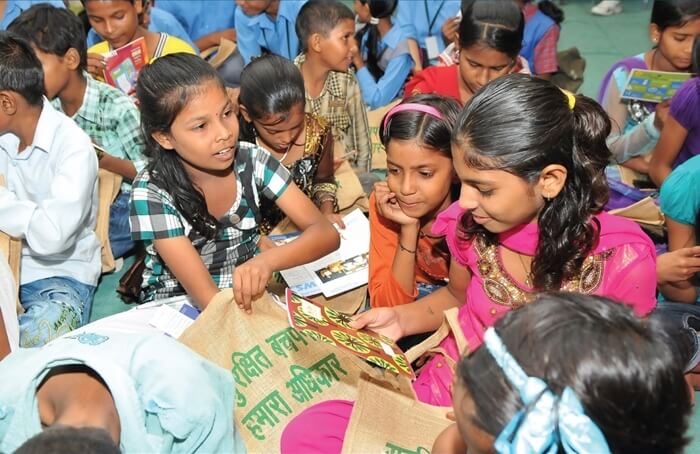Excerpt from mongabay.com
Syukur Dullah grew up surrounded by a fringe of intact reefs off Lora, before the bombings decimated corals near the village in Indonesia’s Southeast Sulawesi province.
“This stretch of coral was colorful — like heaven,” said Syukur, who is now the elected chief of Lora village, in Southeast Sulawesi’s Bombana district.
Lora also used to retain a buffer of mangrove trees, which helped provide food security for the 412 families who live along the village’s 7-kilometer (4-mile) coastline.
Today, that stretch of coast is barren and brown, a legacy of deforestation upriver for plantations and the explosives dropped on reefs to kill and catch fish.
“Whenever we used to sit around, we could hear the sound of bombs going off,” Syukur said.
Blast fishing has long been illegal in Indonesia, and other coastal and island nations, where millions rely on nearshore fishing grounds for income and food security.
Around 80% of Indonesia’s 2.4 million fishers operate small boats and fish only near shore, according to Rare, a U.S.-based conservation organization that partners with fishers in Lora.
Use of homemade bombs, often fashioned from fertilizer and kerosene, is one of the world’s most destructive forms of fishing, according to the United Nations Environment Programme.

Island Innovation is a social enterprise and digital media company at the intersection of sustainable development and communications, offering specialised services across various sectors. We bring together the private sector, government, utilities, NGOs and universities to advance innovation for sustainability and prosperity in islands worldwide.















